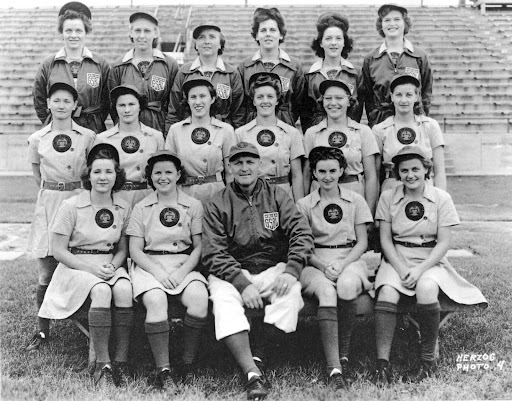There has been growing discussion about the creation of a new professional women’s baseball league in the United States. This movement is gaining momentum, fueled by the success of women’s baseball teams in international competitions and the rise of female athletes in traditionally male-dominated sports; basketball star Caitlin Clark and rugby sensation Ilona Maher are examples. While women have long played baseball in amateur leagues, creating a professional league would mark a significant step forward for gender equality in sports.
The history of women’s baseball in the U.S. dates back more than a century. The most famous chapter in this history is the All-American Girls Professional Baseball League (AAGPBL), founded by Chicago Clubs owner Phillip K. Wrigley in 1943 – a decade in which women’s softball leagues flourished throughout the United States. The league was formed during World War II in direct response to the enlistment of many male baseball players, providing a platform for women to play professional baseball and supplying the American people with wartime entertainment. The AAGPBL, made famous by the 1992 film A League of Their Own, helped break down many gender barriers in sports. However, after the war ended, the league folded in 1954, and women’s professional baseball disappeared from the public eye. Since then, opportunities for women in baseball have been limited, but recent years have seen a resurgence of interest in reviving the sport for women (Britannica). The idea of a new women’s baseball league has gained more traction with the increasing visibility of female players excelling. The Women’s Professional Baseball League announced plans last month to launch in 2026 as a six-team circuit for female players (Telegraph Herald).
Mr. Del Buono, the head of the history department of Ramapo, a lover of sports, and the father of two female softball players at Ramapo commented, “I think it’s great that women have an opportunity to play baseball and all sports. I would imagine it would require sponsorship and places to play, establishing a fan base in local communities, potential job creation, and greater content for a demanding public. What an exciting time. I look forward to seeing its progress in the future.” Therese Adams, a member of the Varsity softball team at Ramapo since her freshman year, demonstrated a similar excitement toward the league. She commented, “A women’s baseball league would be a great way to showcase the athleticism of female athletes and hopefully show people that women are fun to watch as well.”
Though the concept of a women’s baseball league is gaining support, there are still challenges to overcome. One major hurdle is securing the financial backing and media attention needed to sustain such a league. As conversations continue to develop, the possibility of a women’s professional baseball league feels more real than ever, promising to open new doors for future generations of female players.






